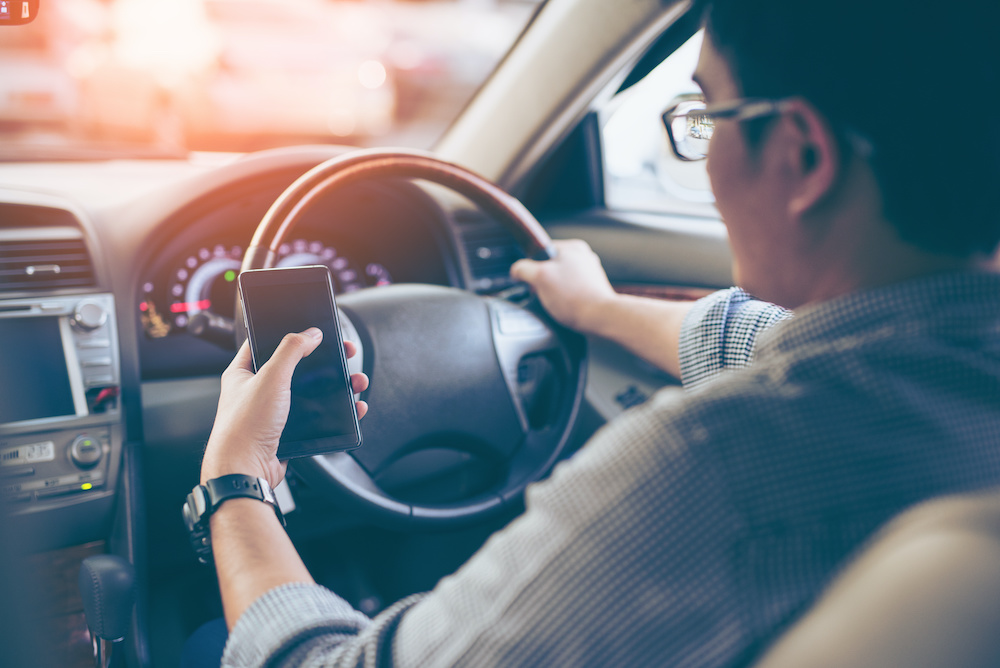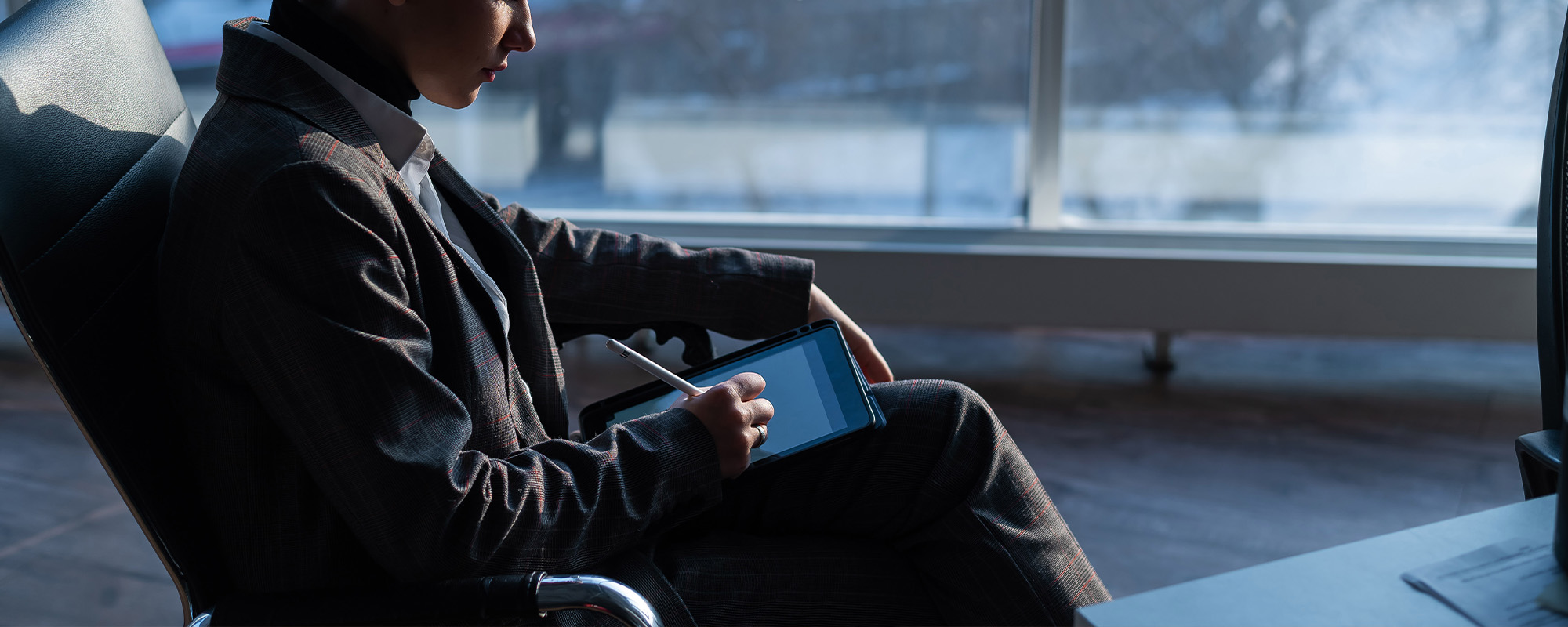
You may have noticed that a neighboring driver you shared the road with was acting distractedly. But unfortunately, there may have been no safe way to avoid a collision with them. This may be a frustrating situation for you, especially when having to prove what you witnessed as the reality. Rest assured, doing so is possible with the right tactics and tools. Continue reading to learn what evidence you need to prove that distracted driving was the catalyst of your collision and how an experienced Washington, D.C. car accident lawyer at Simeone & Miller, LLP can help put together your case.
What are the different forms of distracted driving?
There are different ways a negligent driver might have been distracted in the moments leading up to your car collision. Without further ado, the possible forms of distracted driving they may be at fault for include the following:
- Visual distraction: this is when a driver physically takes their eyes off the road for extended durations.
- Cognitive distraction: this is when a driver mentally takes their focus off of the act of driving for extended durations.
- Manual distraction: this is when a driver physically takes their hands off the steering wheel to perform other tasks while driving.
Interestingly enough, Washington, D.C. laws regarding distracted driving tend to center around the restricted use of mobile telephones and other electronic devices while driving. However, while other forms of distracted driving might not be technically considered illegal (i.e., eating, applying makeup, or navigating a GPS while driving) they may still serve as grounds for a valid personal injury lawsuit.
What evidence do I need to prove that distracted driving caused my car accident?
You do not want your claim of distracted driving to be a case of “your word against theirs.” Therefore, you must rally enough evidence that can solidify your claim. For example, it may be advantageous if you have a dashcam already installed in your car. If not, you may rest assured knowing that other video evidence, such as redlight camera footage and surveillance camera footage may have also captured the negligent driver’s distractedness. Though obtaining this evidence may require your lawyer to intervene.
Also requiring lawyer intervention may be the obtaining of the negligent driver’s phone records. These records may prove that they were texting or otherwise using their phone at the time of your car accident. This similarly applies to the negligent driver’s social media history.
Pursuing a personal injury lawsuit against a distracted driver may come with its benefits, so long as it is carefully conducted. So please seek the assistance of a skilled Washington, D.C. auto accident lawyer from Simeone & Miller, LLP. We look forward to having a conversation with you.
